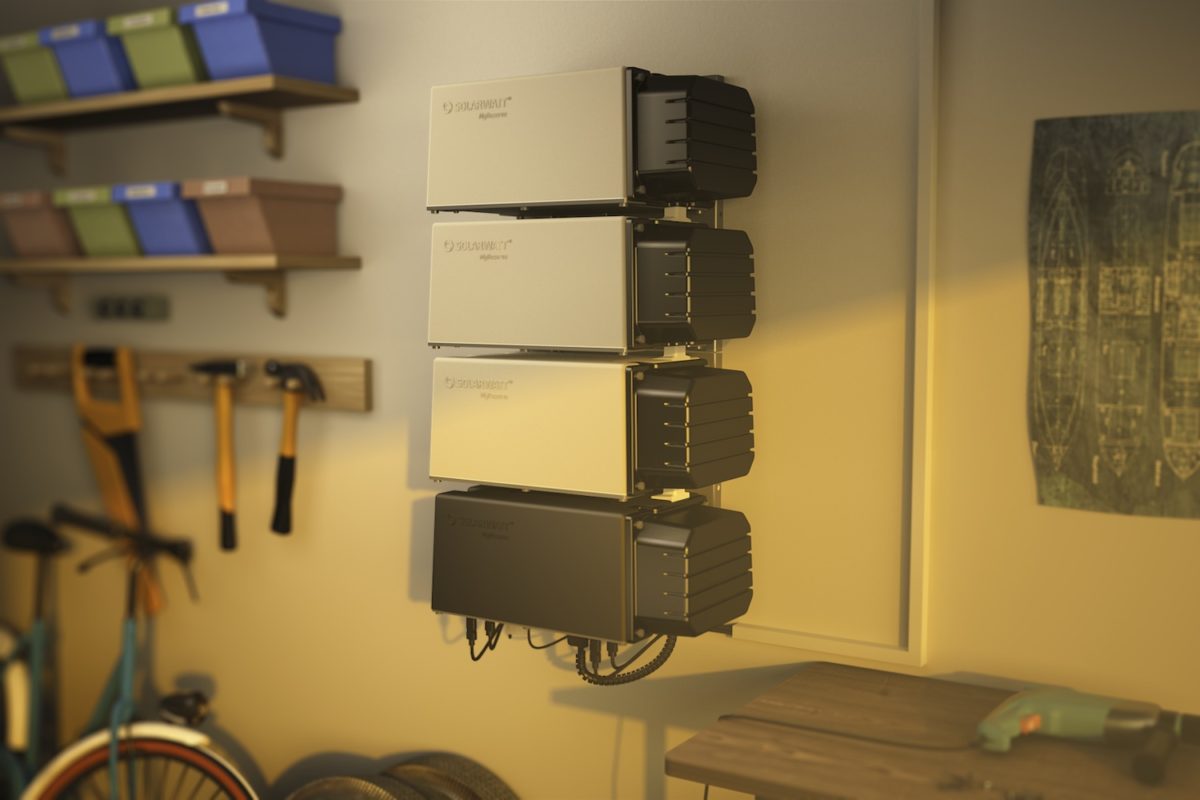While the expiry of some generous residential solar feed-in tariff (FIT) programs are driving some of the rush towards of electrical storage in Australia, new installs alongside PV are also accounting for about half of distributed storage systems going in today. These are the findings of Australian analysts Sunwiz, which notes that payback and return-on-investment may be secondary considerations when assessing consumer motivation to couple a battery with a rooftop solar array.
These findings and more will form part of the upcoming free pv magazine webinar next week that will consider whether residential storage is becoming a “no brainer” for Australian households. Register here.
“There will be at least 30,000 battery systems installed and possibly more than 40,000,” concludes Solarwiz founder Warwick Johnston. He points to the uptick of battery installs in the 2H 2016 as indicating the market segments' steep growth trajectory.
This level of battery storage installation would place Australia as a rival to distributed storage leader Germany regarding volume, which hit 52,000 cumulative residential systems last month. Germany's solar energy association, BSW-Solar, forecasts that number to top 100,000 in 2018.
The expiry of some premium solar FITs this year, particularly in New South Wales but also in Victoria and South Australia, is predicted to be a driver on storage coupled to household rooftop solar systems. However, Sunwiz notes that new solar arrays are being combined with storage, indicating that there is a sizable market of ‘early adopters' embracing storage and ready to pay a premium for it.
“There is pride in owning a battery system,” says Johnston. “These are generally wealthier people who have got the multiple tens-of-thousands [of dollars] to spend, and then they have something to show off in their garage. They certainly like the feeling of energy independence and self-sufficiency that comes from having a battery PV storage system.”
These early adopters also place a priority on additional features that a storage system might offer, such as remote monitoring, intelligent algorithms able to maximize the utility of a solar+storage system, and the ability to manage household electricity loads.
“That is where batteries are going to differentiate themselves from one another,” says Johnston. “Consumers won’t care what the chemistry is; it is more about the software algorithms, and how they can respond dynamically to new opportunities through tariff structures, and how they can adapt to them.”
Many of these features are still in the early stages of applicability to the Australian market, Sunwiz notes. However, that may change as tariff structures and household appliances evolve over time. “The promise is large,” says Johnston.
This content is protected by copyright and may not be reused. If you want to cooperate with us and would like to reuse some of our content, please contact: editors@pv-magazine.com.




By submitting this form you agree to pv magazine using your data for the purposes of publishing your comment.
Your personal data will only be disclosed or otherwise transmitted to third parties for the purposes of spam filtering or if this is necessary for technical maintenance of the website. Any other transfer to third parties will not take place unless this is justified on the basis of applicable data protection regulations or if pv magazine is legally obliged to do so.
You may revoke this consent at any time with effect for the future, in which case your personal data will be deleted immediately. Otherwise, your data will be deleted if pv magazine has processed your request or the purpose of data storage is fulfilled.
Further information on data privacy can be found in our Data Protection Policy.